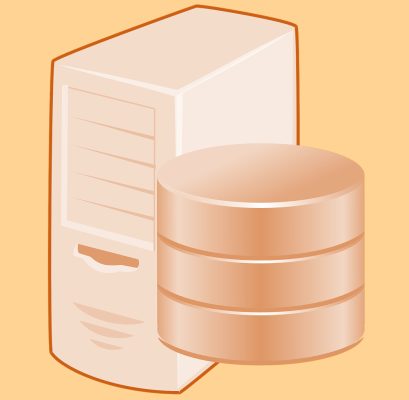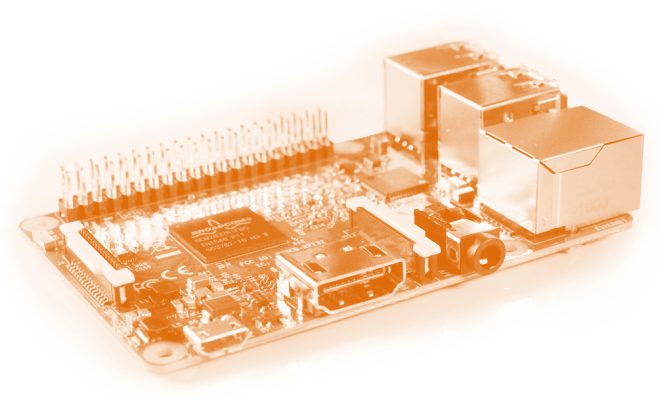The emergence of the Internet of Things (IoT) is rapidly transforming a wide variety of industries. IoT is making multiple industries more efficient through automatization and data gathering. And one of the most important industries that IoT is making a positive impact on is healthcare.
So, what is IoT in healthcare? Well, what IoT essentially does best is the automatic gathering and processing of data, which is exactly what an industry like healthcare can greatly benefit from. Metrics like a patient’s heart rate, blood pressure, oxygen level, calorie count, and glucose, would only be a few examples of the kind of numbers that need to have the most accurate and constant readings possible.
How IoT Works in Healthcare
IoT in healthcare makes doctors’ and hospital staff’s jobs easier by giving them the tools to gather, transfer, and store data between interconnected devices.
IoT in healthcare has been warmly received by both patients and hospitals, which is why the adoption of new technology is high. In fact, the IoT in the healthcare market is projected to reach USD 446.42 billion in 2028.
IoT Devices and Their Uses in Healthcare
In this section, we will list some of the most used IoT devices in the healthcare industry and explain how they work. These tools are helping the industry right now and they figure to be relied on for a long time to come.
Glucometer
Glucometers have been a very important device for people suffering from diabetes for many years. Ever since their invention, their purpose has been to measure the concentration of glucose in the blood in order to reduce the severity and occurrence of hyperglycemia and hypoglycemia.
With new IoT-enabled glucometers being able to connect to the internet, data gathering can be made in an automatic, discreet, and constant manner. This allows them to gather data more frequently, and in turn, give more accurate data.
Blood Pressure Monitoring Cuff
Monitoring blood pressure is very important for patients who suffer from high blood pressure. Blood pressure is something that can vary greatly from one moment to another, so ensuring real-time data gathering is constant is very important.
While in the past multiple sessions had to be scheduled for reading blood pressure by a nurse, IoT-enabled ones can do so remotely. With new IoT-enabled blood pressure monitors being able to connect to the Internet, data gathering can be made in a way that is automatic, discreet, and constant.
Heartrate Monitoring Cuff:
Keeping track of heart rate is incredibly important for doctors and nurses to assess the health condition of a patient. Like blood pressure, a patient’s heart rate can also vary from one second to another. Having the context of physical activity, medications, emotional state, and other factors is also important in order to make assessments on the health of a patient. IoT-enabled monitors can work for remote data gathering of the physical state of patients and do so accurately.
Hygiene Monitoring Devices
One of the main concerns for any hospital is keeping everything as sanitary as possible. In a hospital, anything that is not properly sanitized can lead to complications with patients. IoT-enabled monitoring devices can help in preventing patients from getting infected by making sure everything is kept clean.
Location Trackers
Small IoT-enabled devices that track location can be helpful in hospitals as well. For example, location trackers can be used to track the real-time location of equipment or help with inventory to sort and know the availability of the hospital’s assets.
The Benefits of IoT in Healthcare
Implementing IoT in the healthcare industry has already been shown to have a lot of important benefits. Some of the benefits of applying IoT in healthcare include:
- Increases patient satisfaction
- Improves efficiency
- Reduces hospital stay times for patients
- Prevents readmission
- Reduces cost
- Cuts down on unnecessary patient visits
- Personalized Attention
- Helps professionals keep a closer look on patients
- Streamlines data collection
- Improves treatment
- Doctors making more informed decisions
- Reduces errors
- Faster Diagnosis
The Challenges of IoT in Healthcare
This technology brings a lot of benefits to the healthcare industry, but this does not mean that it does not come with some challenges that need to be addressed.
One of the main concerns of the general public when it comes to using IoT for healthcare is that private information from people’s medical records is handled through the Internet, and could therefore be susceptible to security issues. This is a really big issue. What’s more, it should be taken seriously by those developing IoT solutions for the medical industry.
In order to ensure the safety of people’s data, security protocols must be prioritized. Using the right communication protocol, implementing data encryption, and having a robust backend can greatly help against security issues.
Another important challenge is the need for the lowest amount of latency possible. In a context in which people’s lives are at stake, there can be no delay between when the data is sent and when it is received. Using the right communication protocol can ensure low latency and high reliability. Nabto’s P2P-based solutions have the right tools to provide high security and low latency.
Conclusion
The IoT has already changed the way that the healthcare industry works, and it is only going to become even more prevalent in the future.
It has brought many benefits and has been applied in a wide variety of contexts. While there are some significant challenges, these can be addressed by applying the right technology and being cautious when doing so.
Read Our Other Resources
We’ve also published a range of IoT resources for our community, including:
- Buying versus building an IoT platform, which discusses how to choose the best option for you.
- Our guide on how to Develop IoT Apps and what platforms you can use.
- A Comparison of IoT Protocols for Developers will help you find the perfect protocol for your device.
- Find the right microcontroller by reading our Complete Guide to Microcontrollers for IoT






